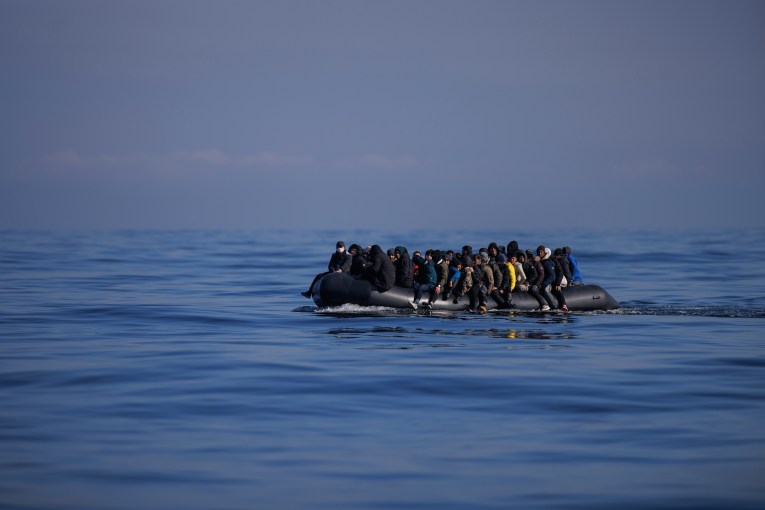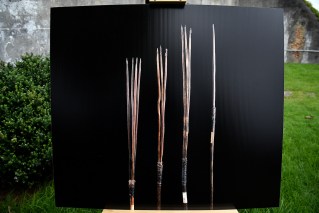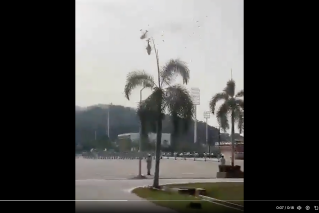Erupting Hawaii volcano draws big crowds

Locals on Hawaii’s Big Island have defied orders to stay away as Mount Kilauea roared back to life, shooting lava into the air, boiling away a lake and sending a massive plume of steam, gas and ash soaring into the atmosphere.
In the first hours of the eruption late on Sunday (local time), lava mixed rapidly with water in the summit’s crater lake to create steam.
The sky above the eruption turned shades of orange and red as people lined up to watch the billowing column of gas and vapour rise above the volcano in the middle of the night.
Tom Birchard, a senior forecaster with the National Weather Service in Hawaii, said lava poured into the crater and mixed with the water to cause a vigorous hour-long eruption for about an hour. When lava interacts with water it can cause explosive reactions.
All the water evaporated out of the lake and a steam cloud shot up about nine kilometres into the atmosphere, Mr Birchard said.
The water was the first recorded in the summit crater of Kilauea volcano in 2019. After a week of questions about a mysterious green patch at the bottom of the volcano’s crater, researchers confirmed it was water. The lake had continued to fill since then.
The eruption began late Sunday within the volcano’s caldera, the US Geological Survey said.
Because of the location of the erupting lava, no homes were evacuated and there was little risk to the public.
But Hawaii Volcanoes National Park spokeswoman Jessica Ferracane said the volcanic activity remained a risk to people in the park and that caution was needed.
“There are high amounts of hazardous sulphur dioxide gas and particulates and those are billowing out of the crater right now and those present a danger to everyone,” she said.
Ms Ferracane said people with heart or respiratory problems, infants, young children and pregnant women were at particular risk. That didn’t stop people in cars queuing at the park entrance for a glimpse of the lava.
By 1am, USGS officials told Hawaii News Now that there were reported lava fountains shooting about 50 metres into the sky.
Kilauea’s crater, named Halemaumau, is within Hawaii Volcanoes National Park and was home to a longstanding lava lake that was there for years before a 2018 eruption caused it to drain.
The latest eruption continued throughout Monday – scientists said it was hard to know how long it would last.
A Hawaiian Volcano Observatory spokesman said the agency was monitoring the “rapidly evolving” situation.
Tweet from @USGSVolcanoes
A magnitude 4.4 earthquake hit about an hour after the volcano began erupting.
Kilauea last erupted in 2018, destroying more than 700 homes and spewing enough lava to fill 320,000 Olympic-sized swimming pools.
An area more than half the size of Manhattan was buried in up to 24 metres of now-hardened lava. The lava flowed over the course of four months.
The 2018 eruption occurred along a rift zone on the volcano’s flank where many residential neighbourhoods had been developed. Sunday’s eruption was contained to the summit caldera within the national park.
Kilauea is one of the most active volcanoes on earth.
-with AAP








